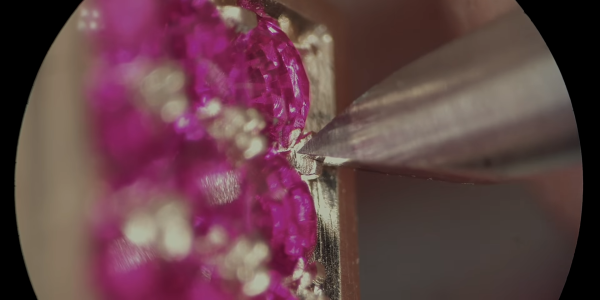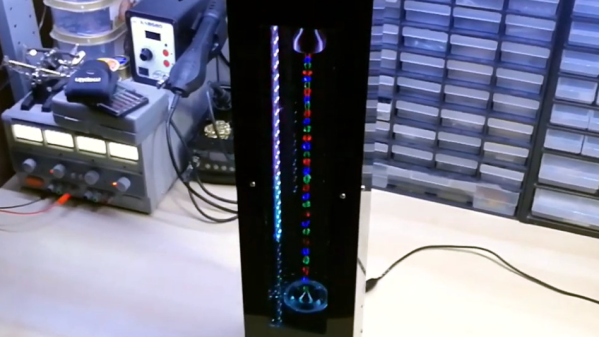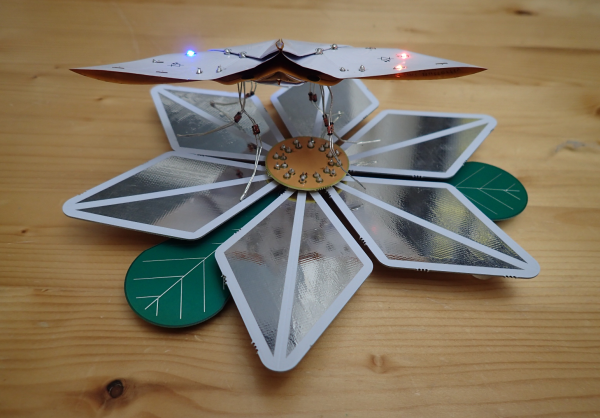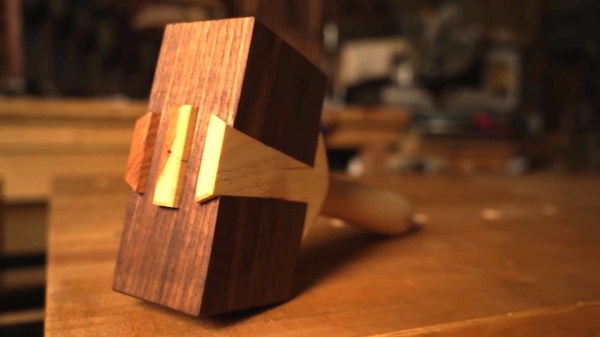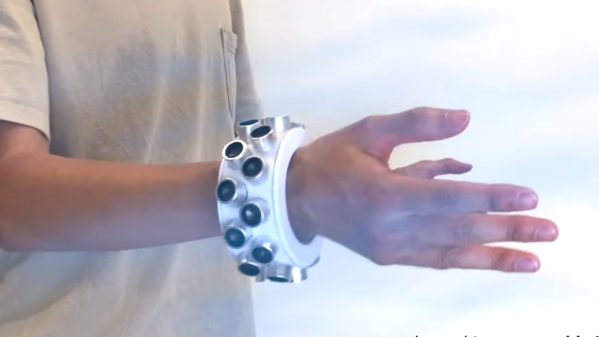Every once in a while, this job helps you to discover something new and completely fascinating that has little to do with hacking but is worth sharing nonetheless. Turning a single brass bolt into a beautiful Cupid’s bow is certainly one of those times.
Watching [Pablo Cimadevila] work in the video below is a real treat, on par with a Clickspring build for craftsmanship and production values. His goal is to use a largish brass bolt as the sole source of material for a charming little objet d’art, which he achieves mainly with the use of simple hand tools. The stave of the bow is cut from the flattened shank of the bolt with a jeweler’s saw, with the bolt head left as a display stand. The offcuts are melted down and drawn out into wire for both the bowstring and the shaft of the arrow, a process that’s fascinating in its own right. The heart-shaped arrowhead and the faces of the bolt head are bedazzled with rubies; the technique [Pablo] uses to create settings for the stones is worth the price of admission alone. The complete video below is well worth a watch, but if you don’t have the twelve minutes to spare, a condensed GIF is available.
[Pablo]’s artistry reminds us a bit of this not-quite-one-bolt combination lock. We love the constraint of sourcing all a project’s materials from a single object, and we really appreciate the craftsmanship that goes into builds like these.
Continue reading “Single Bolt Transformed Into A Work Of Art”

